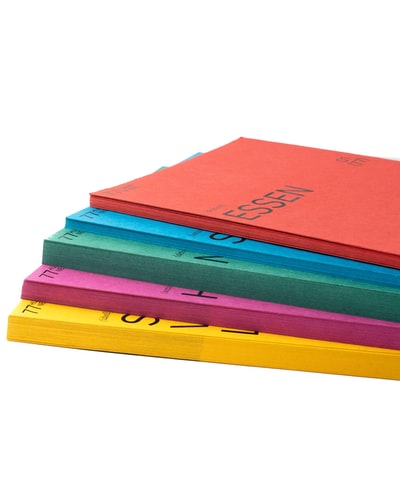Standardised procedures are established actions the experimenter takes to reduce the chances of bias occurring in the results. Some of these procedures include:

Extraneous variables are variables other than the independent and dependent variables which may affect the result. If we are talking about how the type of music affects the time it takes to fulfil a task, for example, the volume at which the music is played may be an extraneous variable. In a controlled experiment the volume of the music will have to be kept constant throughout the trial.
——————————————————-
Instructions
Of course participants must fully understand what they are doing and why before they take part in an experiment. Participants who are trying to work out what their task is during the timing of the experiment may contribute towards inaccurate results. Each participant should receive exactly the same instructions. The briefing may take place a long time before the experiment takes place and will tell the potential participant what the experiment is about, how the information will be used etc. Be aware that if you tell them too much information the results of the trial may be affected.
Standardised instructions are usually written and will explain exactly what is required of the participant.
The debriefing takes places at the end of the experiment and may include a fuller explanation of what they have just done; why, the overall aims of the study and an opportunity to withdraw the data collected as a result of their involvement.